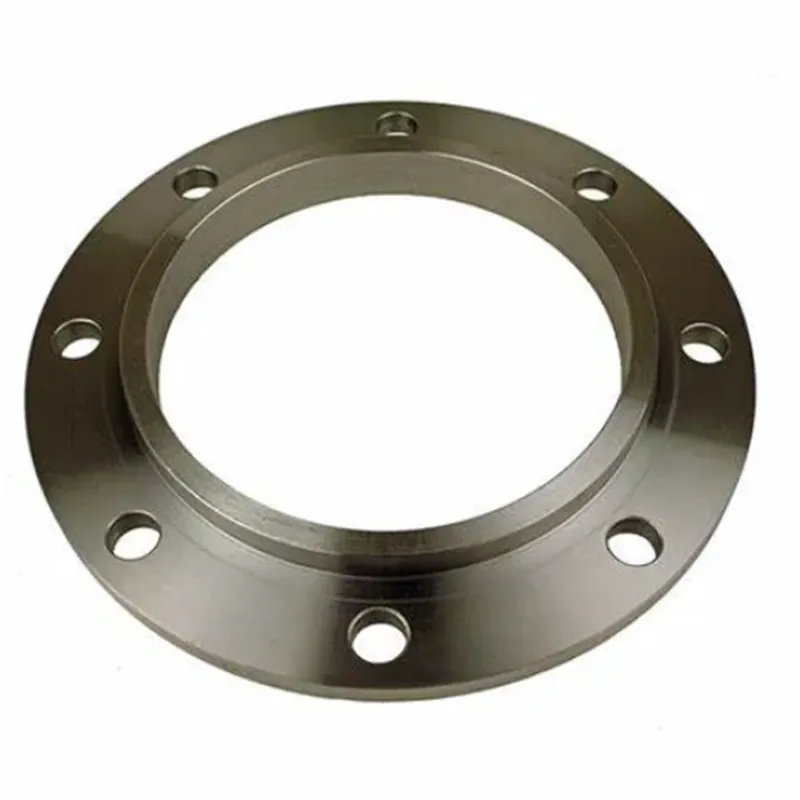-
Cangzhou Yulong Steel Co., Ltd.
-
Phone:
+86 13303177267 -
Email:
admin@ylsteelfittings.com
- English
- Arabic
- Italian
- Spanish
- Portuguese
- German
- kazakh
- Persian
- Greek
- French
- Russian
- Polish
- Thai
- Indonesian
- Vietnamese
- Zulu
- Korean
- Uzbek
- Hindi
- Serbian
- Malay
- Ukrainian
- Gujarati
- Haitian Creole
- hausa
- hawaiian
- Hebrew
- Miao
- Hungarian
- Icelandic
- igbo
- irish
- Japanese
- Javanese
- Kannada
- Khmer
- Rwandese
- Afrikaans
- Albanian
- Amharic
- Armenian
- Azerbaijani
- Basque
- Belarusian
- Bengali
- Bosnian
- Bulgarian
- Catalan
- Cebuano
- China
- China (Taiwan)
- Corsican
- Croatian
- Czech
- Danish
- Esperanto
- Estonian
- Finnish
- Frisian
- Galician
- Georgian
- Kurdish
- Kyrgyz
- Lao
- Latin
- Latvian
- Lithuanian
- Luxembourgish
- Macedonian
- Malgashi
- Malayalam
- Maltese
- Maori
- Marathi
- Mongolian
- Myanmar
- Nepali
- Norwegian
- Norwegian
- Occitan
- Pashto
- Dutch
- Punjabi
- Romanian
- Samoan
- Scottish Gaelic
- Sesotho
- Shona
- Sindhi
- Sinhala
- Slovak
- Slovenian
- Somali
- Sundanese
- Swahili
- Swedish
- Tagalog
- Tajik
- Tamil
- Tatar
- Telugu
- Turkish
- Turkmen
- Urdu
- Uighur
- Welsh
- Bantu
- Yiddish
- Yoruba

Oct . 31, 2024 08:37 Back to list
flange plate adapter
Understanding Flange Plate Adapters Essential Components in Engineering
In the realm of engineering and manufacturing, flange plate adapters play a crucial role in ensuring the integrity and efficiency of various systems. These components serve as connectors between different pipes or equipment, facilitating the transmission of fluids, gases, or other substances. This article explores the significance, design, and applications of flange plate adapters in various industries.
What is a Flange Plate Adapter?
A flange plate adapter is a mechanical component that features a flat plate with a flange around its perimeter. This design allows it to be bolted or welded to other flanged surfaces, creating a secure joint. The flange itself typically has a specific dimension and shape that conforms to industry standards, ensuring compatibility with a wide range of fittings and components. Flange plate adapters can be made from various materials, including stainless steel, carbon steel, and plastic, catering to different environmental conditions and fluid types.
Importance in Fluid Handling Systems
In industries such as oil and gas, water treatment, and chemical processing, the need for reliable sealing and connection points is paramount. Flange plate adapters provide a robust solution for connecting pipes, pumps, valves, and other fluid handling equipment. By facilitating smooth transitions between different sizes or types of pipes, these adapters help minimize pressure drops and reduce the risk of leaks, ensuring that fluids can be transported safely and efficiently.
Design Considerations
flange plate adapter

When selecting a flange plate adapter, engineers consider several factors, including the material compatibility, pressure ratings, and temperature tolerances. The design must comply with relevant standards, such as ANSI/ASME or ISO, to ensure performance and safety in operation. Additionally, the dimensions of the flange must align with the connected components to guarantee a proper fit.
Sealing is another critical aspect; rubber gaskets, O-rings, or other sealing materials can be used to enhance the joint's integrity. Proper sealing not only prevents leaks but also allows the system to maintain pressure and efficiency.
Applications Across Industries
Flange plate adapters find applications in diverse industries. In the oil and gas sector, they are commonly used in pipelines to connect various segments, allowing for the safe transport of crude oil or natural gas. In water treatment facilities, these adapters are utilized to connect filtration systems and pumps, playing a vital role in maintaining clean water supply.
Moreover, in the food and beverage industry, flange plate adapters are employed to connect processing equipment, ensuring hygiene and compliance with health standards. Their versatility makes them indispensable in HVAC systems as well, where they connect ductwork and cooling systems.
Conclusion
Flange plate adapters are essential components in modern engineering and manufacturing processes. Their ability to provide secure and efficient connections between various systems makes them indispensable in multiple industries. As technology advances and industries evolve, the design and application of flange plate adapters will continue to adapt, ensuring that they meet the demands of increasingly complex engineering challenges. Understanding their function and importance is crucial for professionals working in fields that rely on precise fluid and gas handling systems.
Latest news
-
ANSI 150P SS304 SO FLANGE
NewsFeb.14,2025
-
ASTM A333GR6 STEEL PIPE
NewsJan.20,2025
-
ANSI B16.5 WELDING NECK FLANGE
NewsJan.15,2026
-
ANSI B16.5 SLIP-ON FLANGE
NewsApr.19,2024
-
SABS 1123 FLANGE
NewsJan.15,2025
-
DIN86044 PLATE FLANGE
NewsApr.19,2024
-
DIN2527 BLIND FLANGE
NewsApr.12,2024
-
JIS B2311 Butt-Welding Fittings LR/SR 45°/90° /180°Seamless/Weld
NewsApr.23,2024











